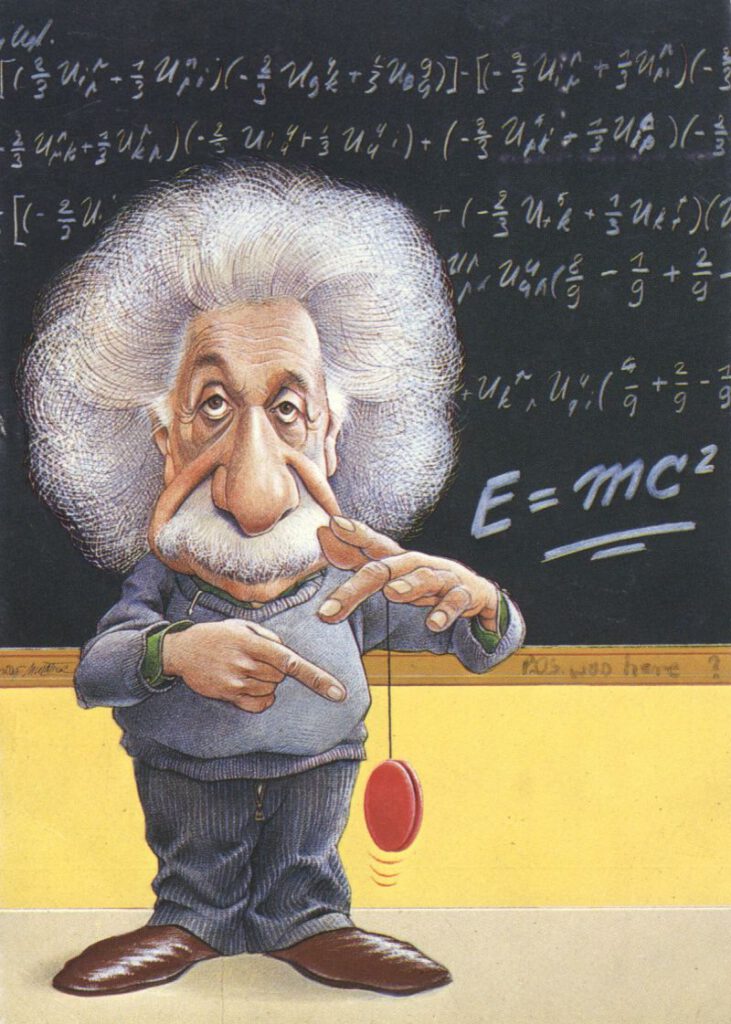Summary and examples
In general the following derivatives of standard functions are assumed to be known.
| a. | ||
|---|---|---|
| b. | ||
| c. | ||
| d. | ||
| e. | ||
| f. | ||
| g. | ||
| h. |
Furthermore we have the following rules:
If:
i. ![]()
then:
![]()
and if:
j. ![]()
then:
![]()
In the following examples we show how these rules are applied.
Example 1
![]()
so:
![]()
(according to a)
Example 2
![]()
so:
![]()
(according to a, i)
Example 3
![]()
so:
![]()
(according to c)
Example 4
![]()
so:
![]()
(according to e, i)
Example 5
![]()
so:
![]()
(according to f, i)
Example 6
![]()
so:
![]()
(according to a, h, i, j)
Example 7
![]()
so:
![]()
(according to a, f, i, j)
Now some more difficult examples.
Example 8
Find the derivative of:
![]()
At first sight this function is not in the table of standard functions. However we can rewrite the function:
![]()
and thus rule a. can be applied with:
![]()
So:
![]()
Example 9
Differentiate:
![]()
This function can be written as:
![]()
and thus:
![]()
(according to a,i)
Example 10
A difficult function seems:
![]()
but also this function can be rewritten and be differentiated easily:
![]()
and thus:
![]()
(according to a, b, j)
Example 11
Differentiate the following function:
![]()
We can rewrite the function as follows:
![]()
and thus:
![]()
(according to a, i)
Example 12
Finally we want to differentiate the following function:
![]()
We can rewrite it as follows:
![]()
The derivative is:
![]()

